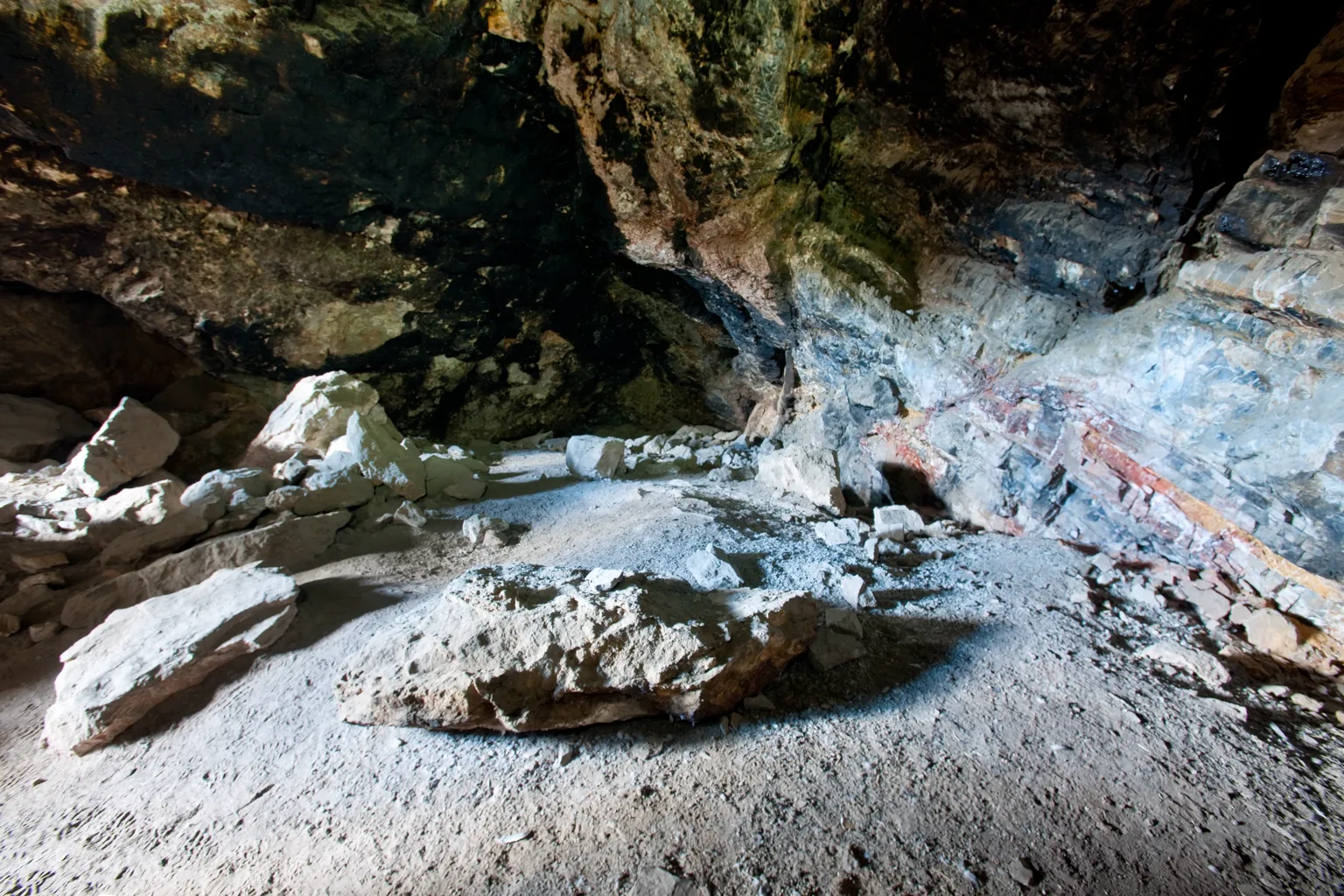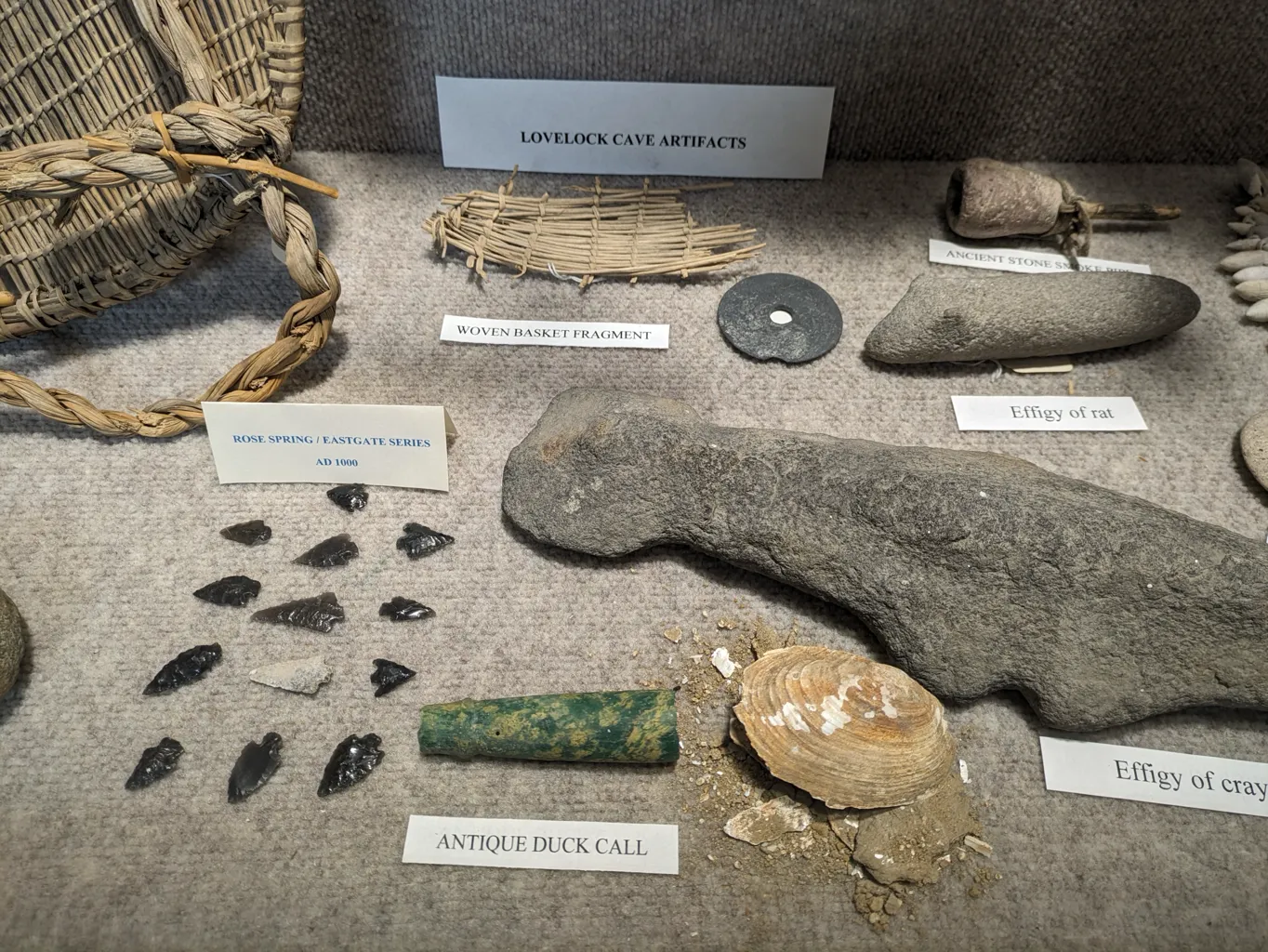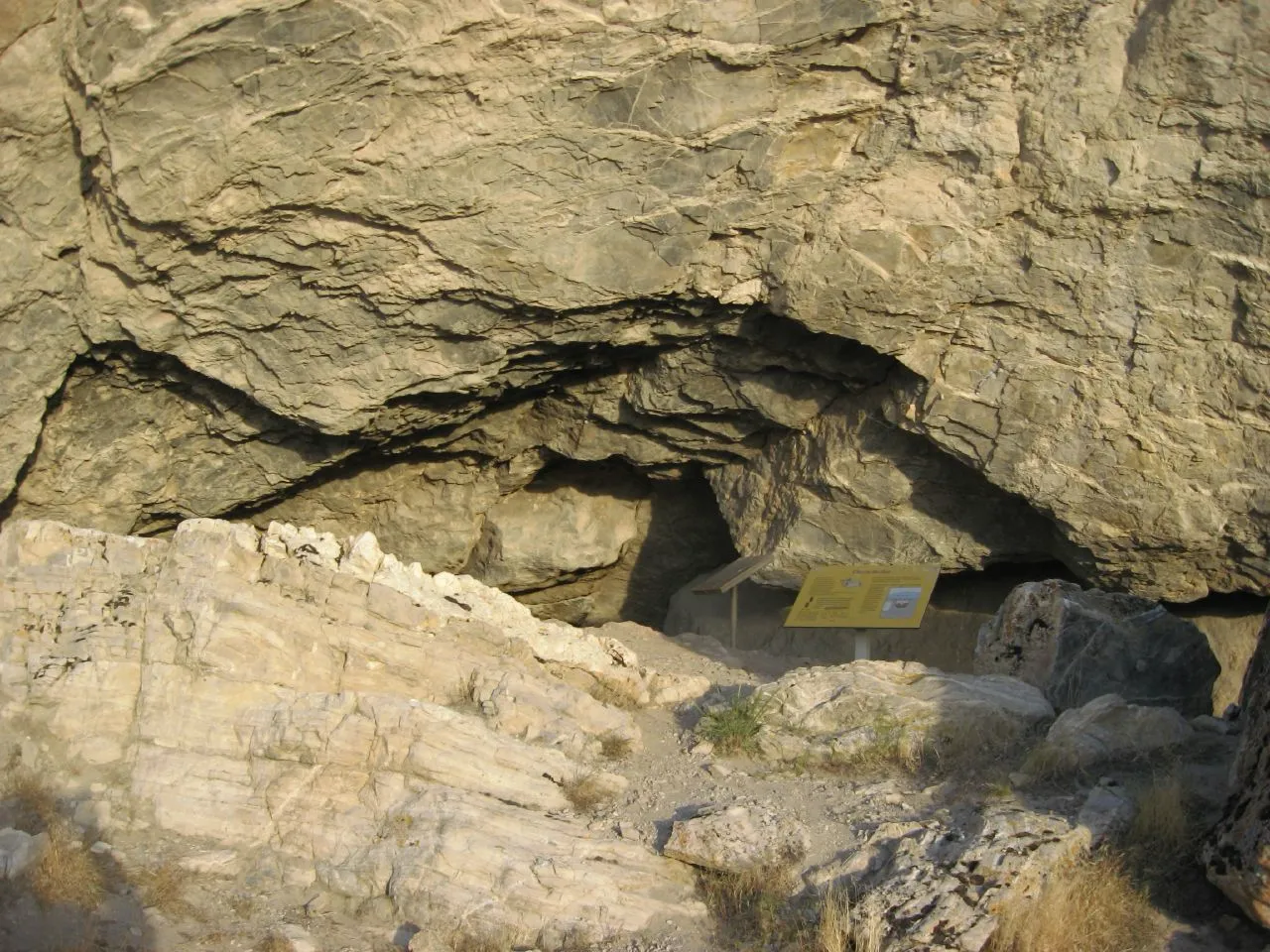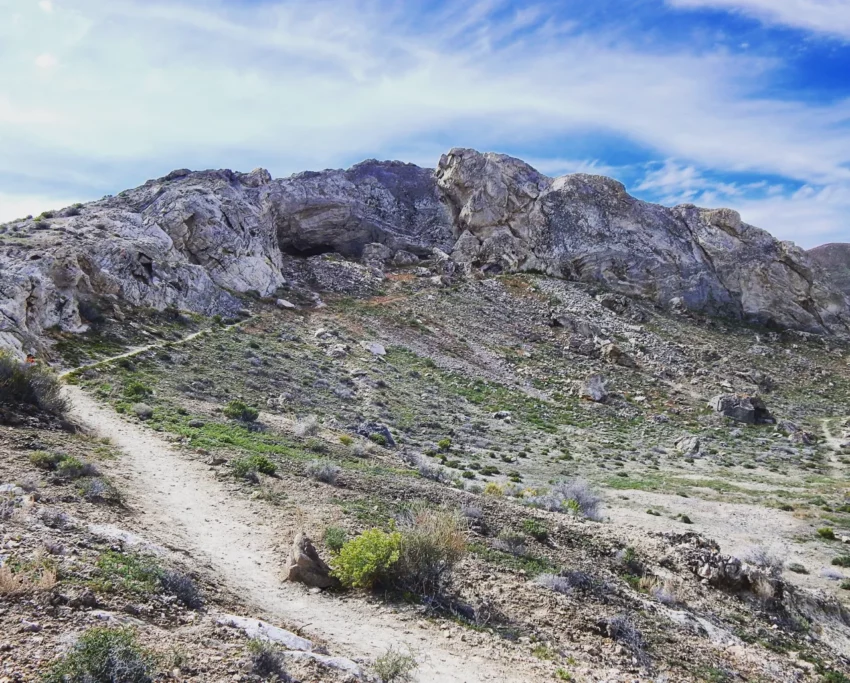Introduction to Lovelock Cave
Lovelock Cave, also known as Sunset Guano Cave or Horseshoe Cave, is a key site in North American archaeology. Located in the Great Basin region, this cave is famous for its preservation of organic and inorganic materials. It joined the National Register of Historic Places on May 24, 1984, due to its archaeological significance.
Get your dose of History via Email
Historical Background
Lovelock Cave sits north of today’s Humboldt Sink, near the bed of ancient Lake Lahontan. Initially just a rock shelter, lake currents and later an earthquake formed its entrance. This area was once a vast Pleistocene lake that receded during the dry Holocene era, leaving smaller lakes like Lake Humboldt, Pyramid Lake, and Carson Lake.

Archaeological Discoveries
Humans have used the cave since at least 2580 BC, with more frequent habitation beginning around 1000 BC. The cave’s dry conditions have preserved invaluable artifacts that illuminate the ancient Great Basin lifestyle.
Early Artifact Discovery
The discovery of artifacts began in 1911 when miners David Pugh and James Hart extracted bat guano for fertilizer. They unknowingly uncovered a layer of artifacts beneath the guano. Unfortunately, their initial work led to significant archaeological losses as they only preserved selected items.
First Systematic Excavations
In 1912, anthropologist L.L. Loud from the University of California undertook a salvage operation after the guano extraction. Although Loud collected about 10,000 artifacts, his recording methods were not as thorough as today’s standards, creating some gaps in the data.

Continued Explorations
Loud and M.R. Harrington conducted further excavations in 1924, funded by the Museum of the American Indian. They found numerous artifacts, including a famous cache of duck decoys. Later, archaeologists like Robert Heizer in the mid-20th century focused on collecting organic material for radiocarbon dating and further exploring the cave’s contents.
The Duck Decoys
In 1924, one of the most notable finds was a group of eleven duck decoys crafted from tule and adorned with feathers. Radiocarbon dating confirmed they were made around 300 BC.
Prehistoric Sling
Among the textiles discovered was a prehistoric sling, one of the earliest in North America. Likely used for hunting or as a toy, this sling demonstrates the diverse uses of textiles by the cave’s inhabitants.

Life at Lovelock Cave
The cave’s proximity to the Humboldt Sink enabled its inhabitants to thrive on a diet rich in local fauna and flora. Excavations showed a diet mainly of fish, birds, and plant materials, indicating a heavy reliance on the surrounding marshlands.
Cultural and Historical Impact
The artifacts from Lovelock Cave highlight the ancient residents’ adaptive strategies, who utilized the area’s abundant resources to survive over millennia. The site also illuminates the broader human history of the Great Basin and the interactions between its peoples and the environment.
Conclusion
Today, Lovelock Cave stands as a monument to the ingenuity and resilience of ancient cultures in the Great Basin. Its well-preserved archaeological record continues to provide invaluable insights into prehistoric life in North America.
Sources: Wikipedia

